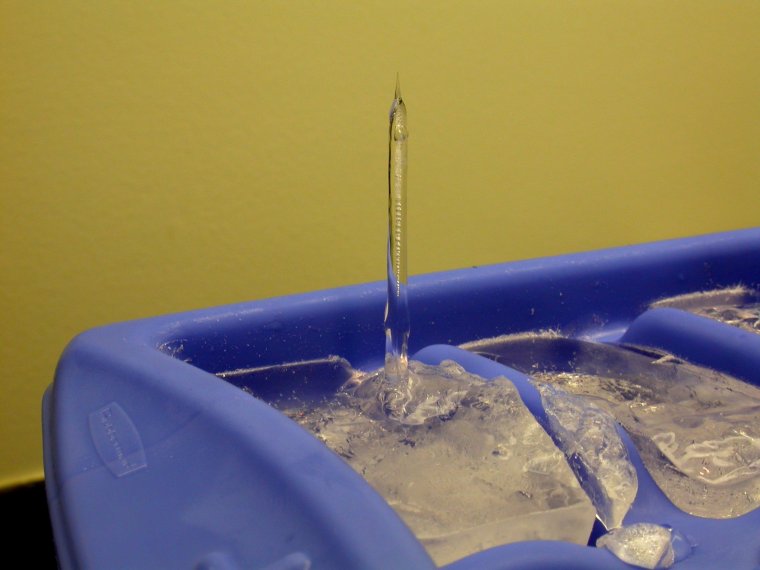There are countless at-home demonstrations and experiments that can be done with basic household items. Remember, when as a kid, someone showed you baking soda + vinegar? Science is cool like that.
For example, digestion starts in the mouth with enzymes found in our saliva. Amylase breaks down complex carbs into sugars. To experience this yourself, buy some non-salted soda crackers and chew one up. Let it sit in your mouth for 2-3 minutes and you'll start to taste sweetness as amylase breaks the starches down.
Another classic is a non-Newtonian liquid. Take corn starch and mix it ~2:1 with water. You'll have a substance that acts like a solid when you quickly apply force (like punching it or jabbing it with your finger) and a liquid when handled gently (slowly pushing in a spoon). Mythbusters used this, dyed blue, to "run across water"
Some basic rules: Nothing dangerous (no drano bombs, no thermite) and nothing that can't be easily bought at a store (no liquid nitrogen).
For example, digestion starts in the mouth with enzymes found in our saliva. Amylase breaks down complex carbs into sugars. To experience this yourself, buy some non-salted soda crackers and chew one up. Let it sit in your mouth for 2-3 minutes and you'll start to taste sweetness as amylase breaks the starches down.
Another classic is a non-Newtonian liquid. Take corn starch and mix it ~2:1 with water. You'll have a substance that acts like a solid when you quickly apply force (like punching it or jabbing it with your finger) and a liquid when handled gently (slowly pushing in a spoon). Mythbusters used this, dyed blue, to "run across water"
Some basic rules: Nothing dangerous (no drano bombs, no thermite) and nothing that can't be easily bought at a store (no liquid nitrogen).




